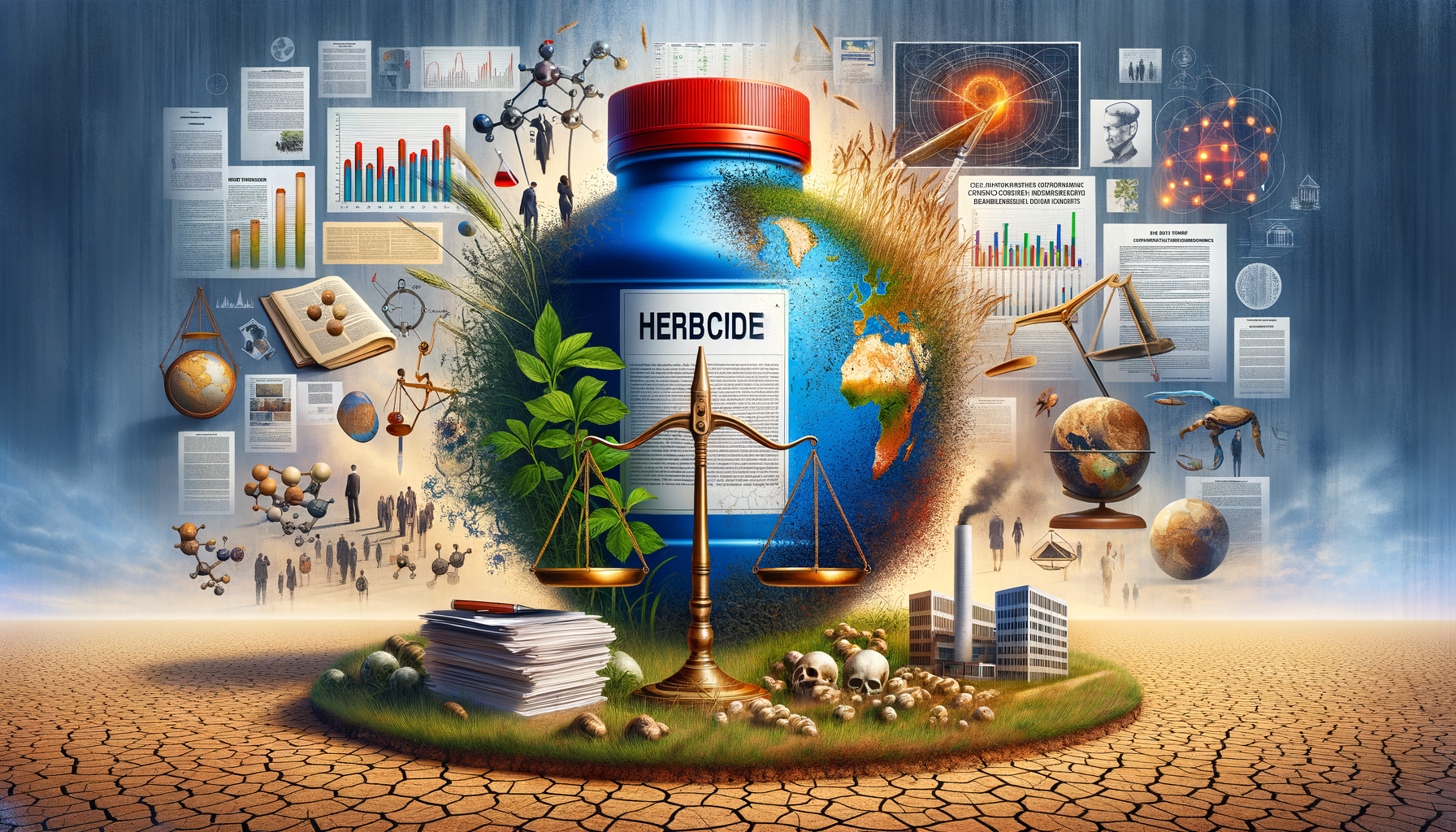Understanding the Complexities of Herbicide Lawsuits
Herbicide lawsuits have become a significant topic of discussion in recent years.

The Rise of Herbicide Lawsuits
In recent years, the surge in herbicide lawsuits has captured the attention of both the public and legal experts. This rise can be attributed to increasing awareness and concern over the potential health risks associated with certain herbicides. As more individuals report adverse effects, legal actions have become a common recourse for those seeking justice and compensation. The growth in these lawsuits is not just a legal phenomenon but also a reflection of a broader societal shift towards holding corporations accountable for their products.
The legal landscape surrounding herbicide lawsuits is complex, involving numerous stakeholders including manufacturers, consumers, and regulatory bodies. One of the driving forces behind these lawsuits is the growing body of scientific research linking certain herbicides to health issues. As evidence mounts, individuals affected by these products are more empowered to pursue legal action. Additionally, the media has played a crucial role in amplifying these cases, bringing them into the public eye and encouraging others to come forward.
Several high-profile cases have set precedents, influencing the outcomes of future lawsuits. These cases often involve substantial settlements, highlighting the financial implications for companies involved in producing and distributing herbicides. As a result, many manufacturers are now revisiting their product formulations and safety protocols to mitigate legal risks. The rise of herbicide lawsuits underscores the importance of transparency and accountability in the agricultural industry.
Health Concerns and Scientific Studies
Health concerns related to herbicides have been a significant driver of lawsuits, with numerous scientific studies highlighting potential risks. These studies often focus on the long-term effects of exposure to certain chemicals found in herbicides, which have been linked to various health conditions. Among the concerns are potential carcinogenic effects, which have been the subject of intense scrutiny and debate within the scientific community.
Researchers have conducted extensive studies to understand the impact of herbicides on human health. These studies typically involve examining the effects of prolonged exposure in both occupational settings and through environmental contact. The findings often reveal correlations between herbicide exposure and increased risks of certain diseases, including cancer. Such studies provide crucial evidence in legal cases, supporting claims made by plaintiffs.
Despite the mounting evidence, there remains a degree of controversy and debate over the interpretation of scientific data. Some studies have been criticized for methodological flaws or conflicts of interest, which complicates the legal proceedings. Nevertheless, the growing body of research continues to inform public policy and regulatory decisions, emphasizing the need for stringent safety standards and comprehensive risk assessments for herbicides.
Environmental Impact and Legal Implications
Beyond health concerns, the environmental impact of herbicides is another critical aspect of the lawsuits. Herbicides, while effective in controlling unwanted vegetation, can have unintended consequences on ecosystems. These chemicals often leach into soil and water bodies, affecting non-target species and disrupting natural habitats. The environmental implications of herbicide use have prompted legal actions from environmental groups and concerned citizens.
Legal cases focusing on environmental impacts often highlight the need for sustainable agricultural practices. Plaintiffs argue that the widespread use of herbicides contributes to biodiversity loss and soil degradation, which can have long-term effects on food security and ecosystem health. These cases seek not only compensation but also changes in policy and practice to promote environmental sustainability.
The legal implications of herbicide lawsuits extend beyond financial settlements. They influence regulatory frameworks and encourage the development of safer, more sustainable alternatives. As courts weigh the evidence and consider the broader environmental impacts, these cases serve as a catalyst for change, prompting industries to adopt more responsible practices. The intersection of environmental concerns and legal action underscores the importance of balancing agricultural needs with ecological preservation.
